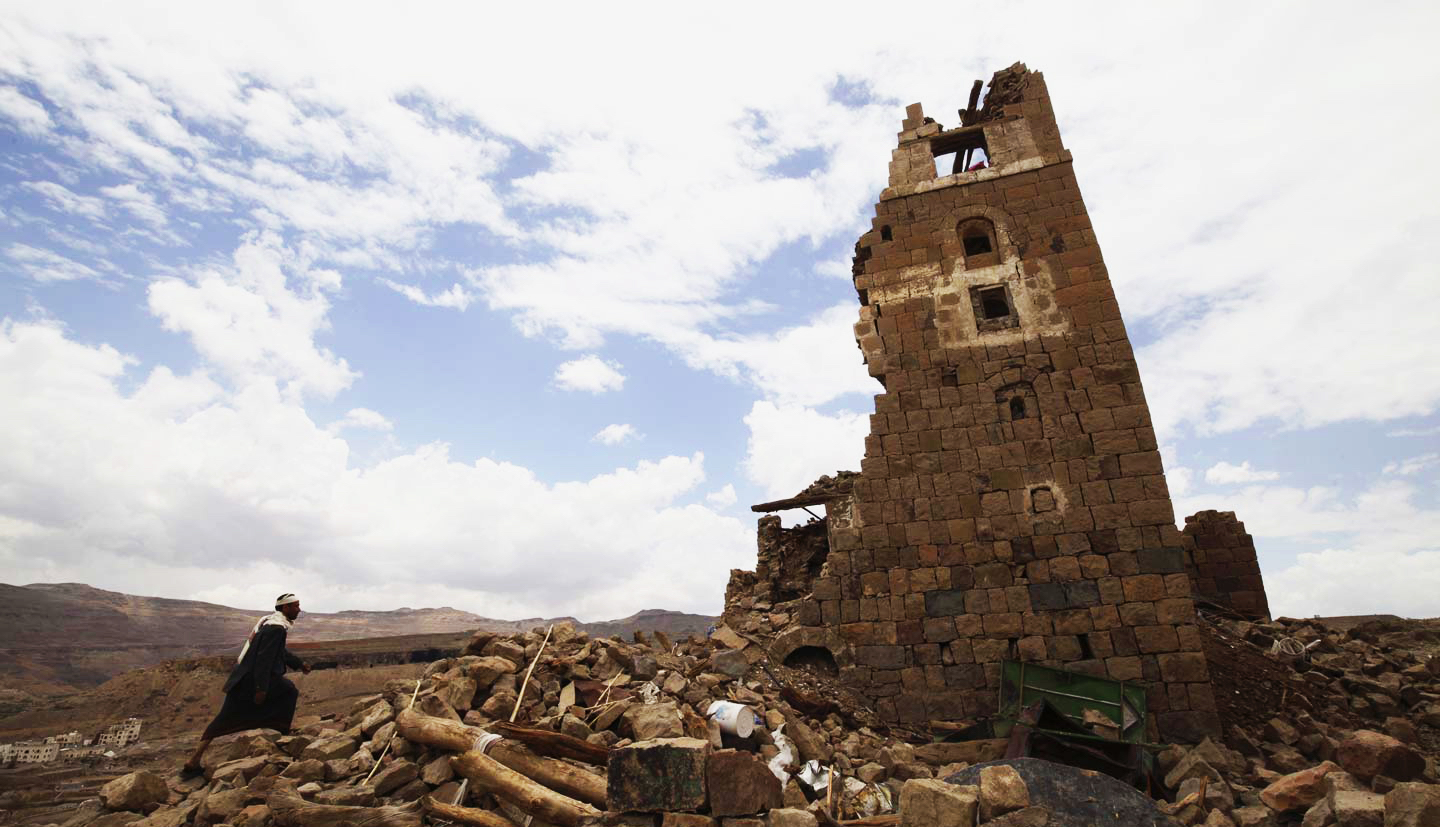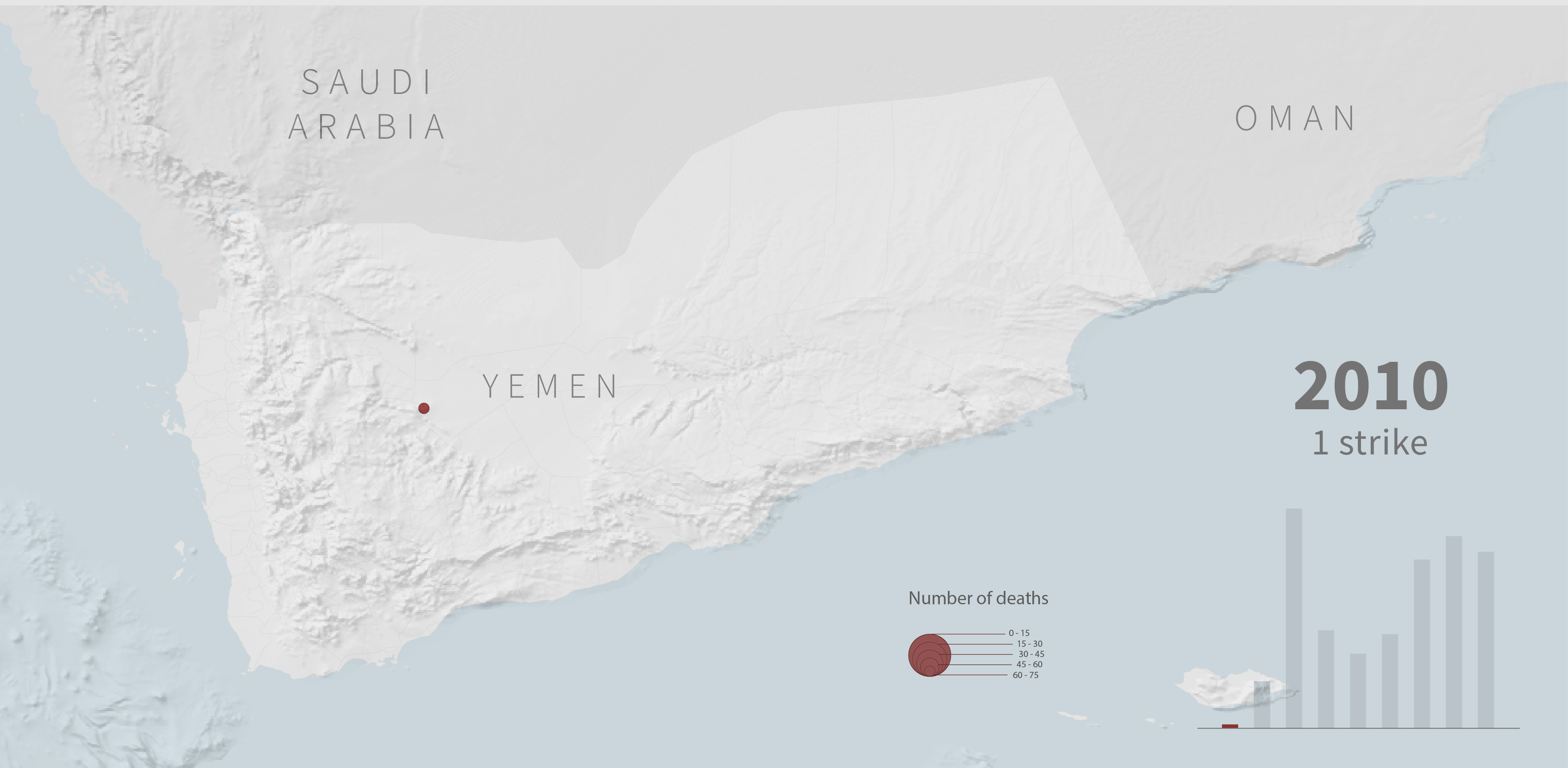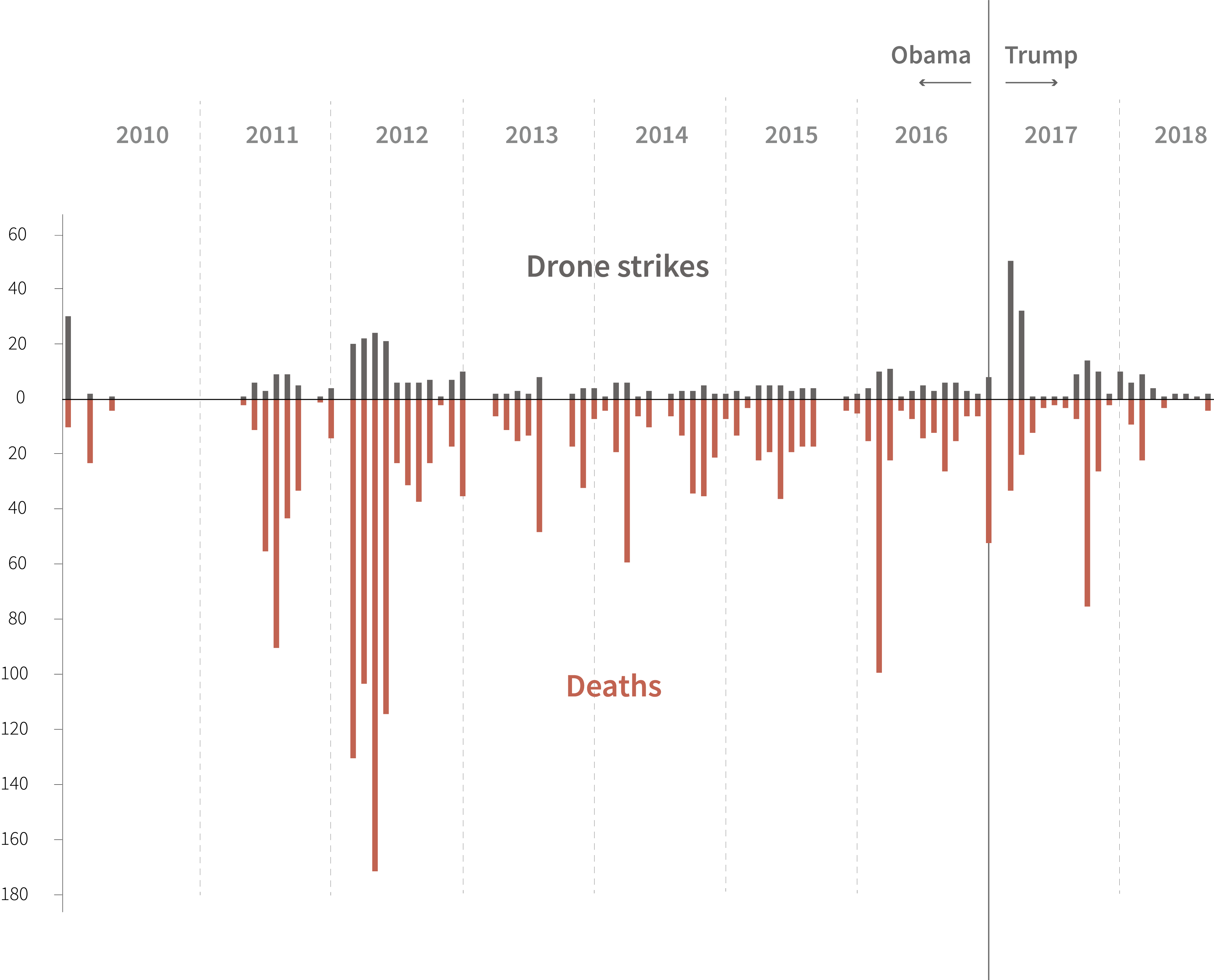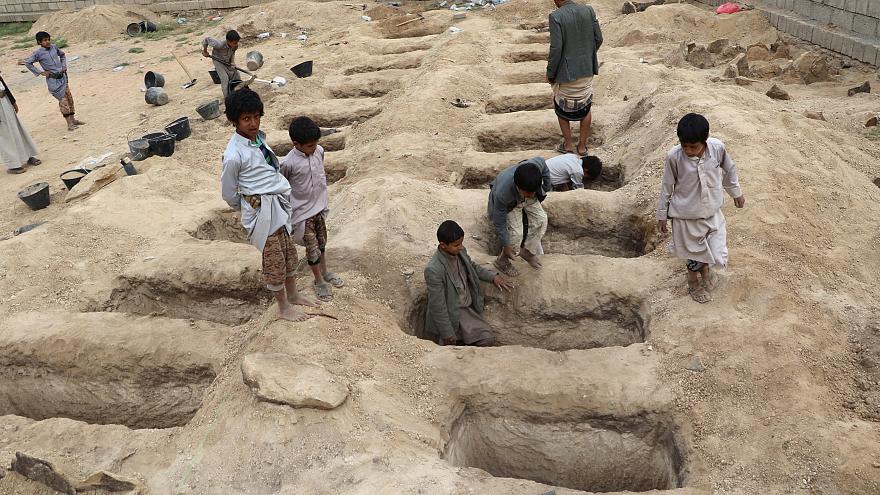Since 2010, the United States launched 314 drone missiles in Yemen that killed almost 2,000 people, according to data collected by The Bureau of Investigative Journalism. Even though past attacks, specially in 2012 and 2016 were deadlier than average, the number of strikes has been growing since Donald Trump took office, with a clear spike in March of 2017. In that month, Trump granted the CIA authority to conduct lethal drone strikes once again, rolling back the limits his predecessor Barack Obama had imposed on the spy agency's paramilitary operations.
Obama's emphasis on drones was met with controversy, after several errant strikes killed civilians. In an attempt to impose greater transparency on his military strategy on the region and minimize the criticism, the former president said in 2013 the U.S. would limit using drone strikes only to situations where direct military action to kill or capture the target was impossible.
Number of drone strikes and deaths per month
Strikes are getting less deadly but more frequent.
Sources: The Bureau of Investigative Journalism.
Generally, more densely populated areas of East Yemen are the most targeted, specially the ones close to areas of terrorist activities. In 2012, the most areas were regions were Al-Qaeda operates, while last year more missiles were launched on areas where ISIS has claimed attacks.
Yemen areas of control
Regions controlled by the Hauthi movement and with ISIS and Al-Qaeda activities are the most targeted.
Yemen's civil war
Besides Yemen’s blurry relationship with the US, the country faces a violent and destructive civil war. Unknown to most Americans, the Saudi-led civil war in Yemen has been happening for three years now and has killed thousands of civilians. The conflict, considered one of the most devastating humanitarian crisis in the world, has its roots in the failure of a political transition supposed to bring stability to Yemen. The people’s delusionment with the reign of President Abbrabbuh Mansur Hadi forced him to hand over power to his deputy Abdrabbuh Mansour Hadi, in 2011.
Hadi struggled to deal with a variety of problems, including attacks by Al-Qaeda, corruption, unemployment and food insecurity. Meanwhile, the Houthi rebel movement took advantage of the new president's weakness by taking control of their northern region of Saada province and neighbouring areas.
In a recent opinion article published on The Guardian, Mohamed Aska, the Yemeni minister for human rights, states that the country is fully committed to defeating terrorism. He says that to do that Yemen needs support from the US, UK and international community, but not through the policy on strikes.
“The use of drones in Yemen is not making Yemen or the US safer. Rather, the huge increase in drone strikes last year, along with US president Donald Trump’s reported decision to weaken safeguards aimed at protecting civilians, is wreaking havoc and sowing terror,” he wrote.
He stated that Yemen is keen to cooperate with the US, UK and other western allies to tackle terrorism, both in Yemen and elsewhere. But the “approach must reflect the ideals to which we all ascribe – ideals that uphold the rule of law and promote human rights,“ he pointed out.
Methodology: Data was analyzed using Python and QGIS and maps were made on QGIS, Illustrator and Photoshop.
Notes: 1. The animated map and the bar graph are build using two different data sources, because only one of them provides geographical coordinates.
2. The map that show Yemen’s areas of control was georeferenced by hand, since requested data from Critical Threats was not provided for this specific project.
Credits header image: Reuters / Mohamed al-Sayaghi.




